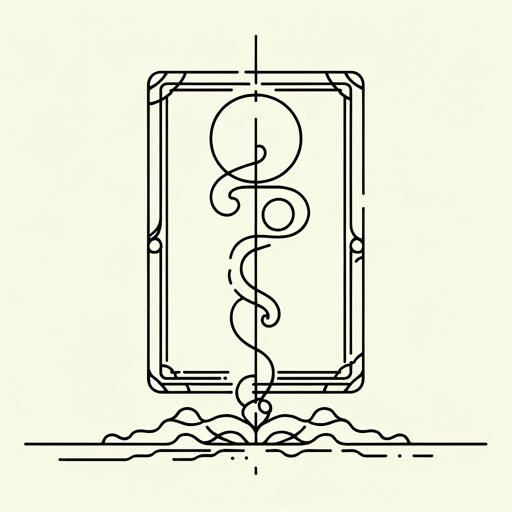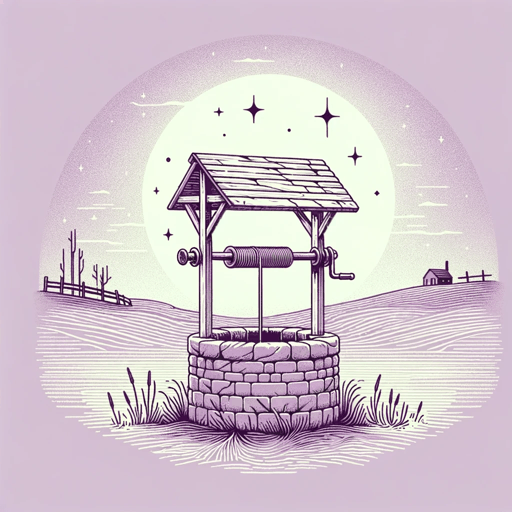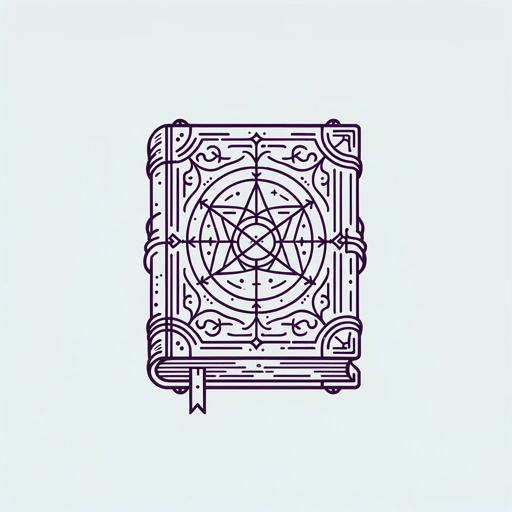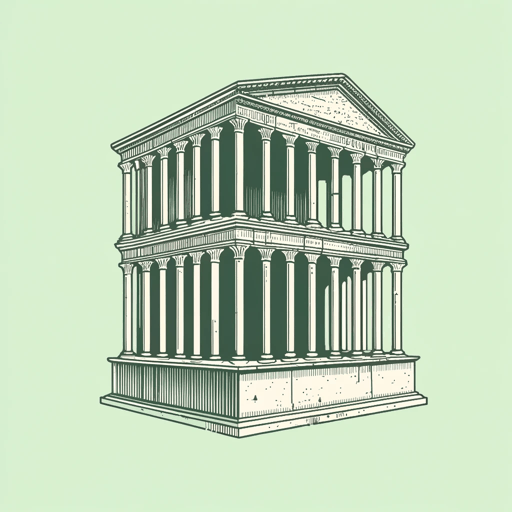27 pages • 54 minutes read
H. P. LovecraftThe Call of Cthulhu
Fiction | Short Story | Adult | Published in 1928A modern alternative to SparkNotes and CliffsNotes, SuperSummary offers high-quality Study Guides with detailed chapter summaries and analysis of major themes, characters, and more.
Symbols & Motifs
The Statuette of Cthulhu
In Wilcox’s dream and Johansen’s real-life encounter with Cthulhu, the creature is described in glimpses. The fullest description of Cthulhu’s appearance is Thurston’s account of the statuette recovered from the Louisiana cult. The story suggests that Cthulhu’s physical appearance is so awful that human beings can hardly assimilate it—only a representation of the creature is bearable. This impression is also borne out in Wilcox’s tablet which, Thurston notes, gives only the general outline of the monster.
Despite its emblematic quality, the statuette inspires horror and confusion because not even the members of the American Archaeological Society can guess its origin. Its material resembles no substance known on Earth, and its style resembles the art of no known culture. The most terrifying thing to the scholars is that the statuette is not just unknown but unknowable.
An interesting aspect of the statuette is its small size. Cthulhu and the city of R’lyeh are vast and monstrous, yet the statuettes are described as being eight inches to a foot in height. In Louisiana, the eight-inch statuette sat atop a high pillar. One might expect the carvings of Cthulhu to be vast in scale, but the small size of the statuette suggests that it was meant to be examined close-up by humans.
Related Titles
By H. P. Lovecraft





